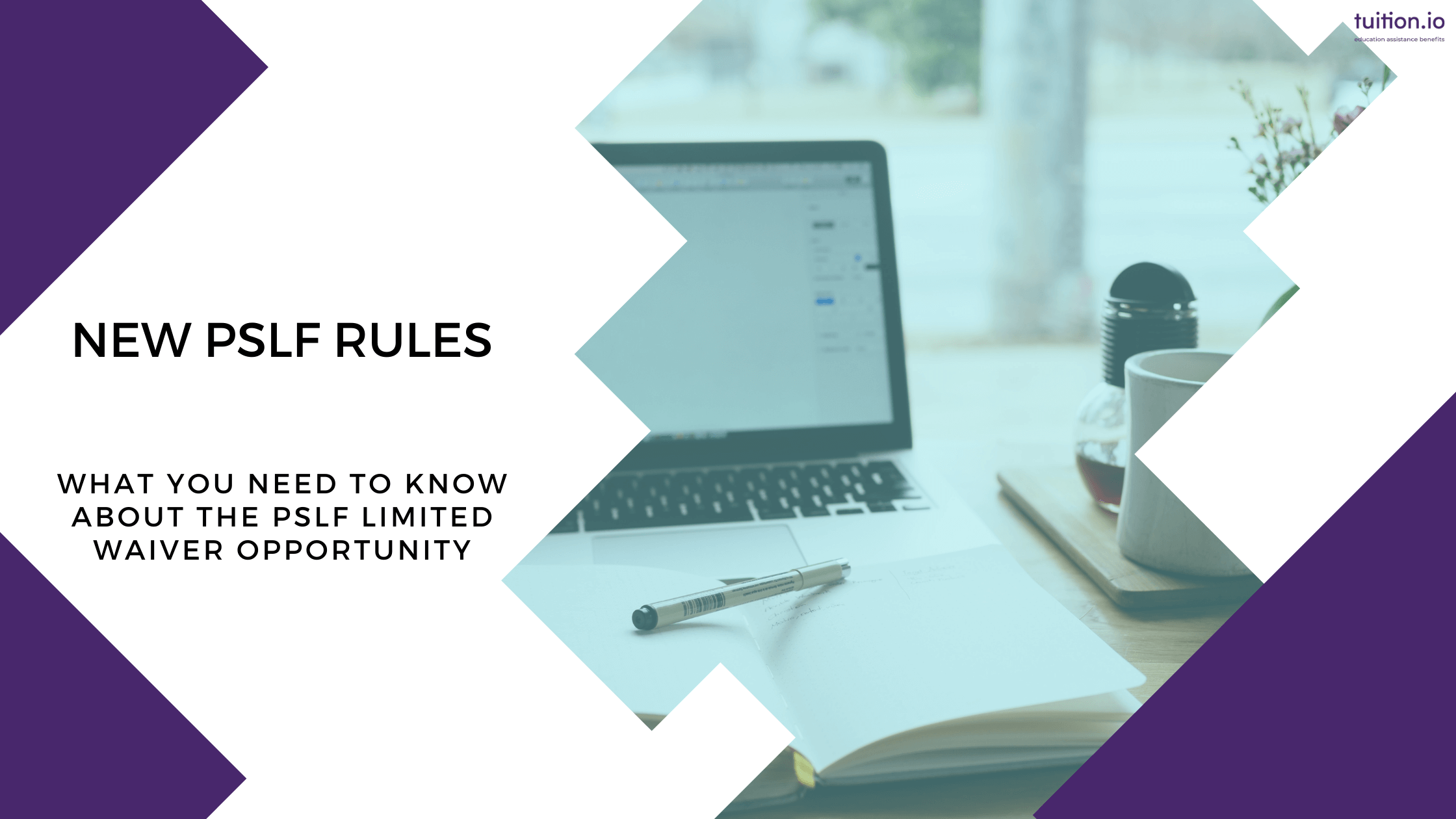How to Prepare for Student Loan Payments to Restart in October
Student loan payments are restarting in October and many borrowers haven’t made student loan payments for over three years. Luckily, changes to...
3 min read
Kristi Hillyer : August 15, 2024

A federal court recently blocked the Department of Education’s newest and most affordable repayment plan, Saving on a Valuable Education (SAVE). This ruling prevents the Department of Education from administering all aspects of the SAVE plan. You may be wondering if this ruling has an impact on your student loans. We’re breaking down the recent court ruling and how it affects student loan borrowers.
The Department of Education introduced the SAVE plan in 2023 to replace the Revised Pay As You Earn (REPAYE) plan, and it quickly gained popularity. Over 8 million borrowers enrolled in this plan, which offers several appealing benefits:
The SAVE plan is also a qualifying repayment plan for the Public Service Loan Forgiveness (PSLF) program.
The Department of Education planned to implement additional enhancements to the SAVE plan starting in July 2024. The enhancements include even lower payments for undergraduate loans and an accelerated forgiveness timeline for borrowers with smaller balances. However, these changes faced legal challenges, leading to the current situation where the SAVE plan is on hold.
With the SAVE plan blocked, any student loans currently enrolled in SAVE have been automatically placed in forbearance. If you’re enrolled in a different income-driven repayment (IDR) plan, such as PAYE, IBR or ICR, your loans are not affected and will continue under your existing plan.
During this forbearance period, payments are not required, and interest will not accrue.
While loans are in forbearance, progress towards loan forgiveness is essentially on hold. Even if you make payments during this forbearance, those payments will not count towards Public Service Loan Forgiveness (PSLF) or Income-Driven Loan Forgiveness..
PSLF requires 120 qualifying payments while working full-time for an eligible non-profit or government employer. If you’re aiming for PSLF, this forbearance period will pause your progress. You have a few options:
If you want to qualify for forgiveness as soon as you’ve reached 120 qualifying months of employment, the buyback option can help you reach that goal.
Also, the Department of Education confirmed that processing of IDR applications is currently paused, so expect delays. In the meantime, your loans will remain in forbearance.
For those on the SAVE plan, the forbearance might delay your progress towards income-driven loan forgiveness. However, this forgiveness takes 20 or 25 years to qualify, so the impact is minimal for most borrowers.
If SAVE offers the most affordable repayment option for you, staying on the SAVE plan during this forbearance is likely your best choice. You’ll enjoy a payment break without worrying about balance increases, as interest pauses.
While the Department of Education works to reinstate the SAVE plan, you can explore other repayment options as a “back up” plan in case SAVE is ultimately unavailable. You can use the Department’s loan simulator to estimate your payments on alternative plans.
Even if you’re not on the SAVE plan, there are some broader implications.
The Department of Education has temporarily removed the online Direct Consolidation Loan application and the online Income-Driven Repayment Plan request forms. If you need to consolidate your loans or enroll in an IDR plan, you’ll need to submit one of these PDF applications instead.
If you have any questions about what this recent ruling means for your loans, please reach out to a student loan coach at Tuition.io today. You can request an email or phone coaching session from the Student Loan Coaching tile on your Tuition.io dashboard.

Student loan payments are restarting in October and many borrowers haven’t made student loan payments for over three years. Luckily, changes to...

Great news for public service employees! On Oct. 6, 2021, the U.S. Department of Education (ED) announced a change to Public Service Loan Forgiveness...

On 8/24/22 the Department of Education released details about the three part plan offering borrowers student debt relief. Read on to understand how...